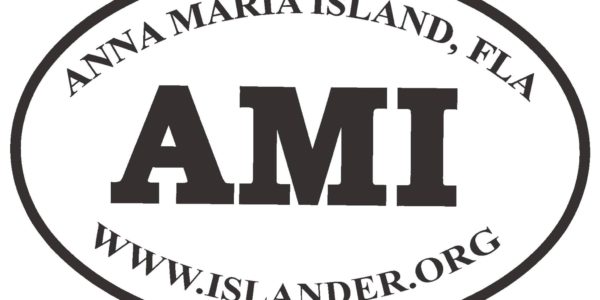“Too much traffic.”
“Just wait until season.”
I hear these complaints on Anna Maria Island at least as often as I hear this statement, “What a beautiful sunset.”
Local officials — elected and hired — hear the complaints as well, which is why they have called on state, regional and academic transportation planners for advice and help to deal with congestion and parking.
Repeated among the expert recommendations year after year: Support and increase the use of nonmotorized modes of transportation.
For example, the massive, multiyear, multicounty study of transportation on the barrier islands set to end next spring contains proposals for traffic fixes. For Anna Maria Island, six of the short-term recommendations involve boosting walking and biking.
Building new infrastructure is one approach.
But an easy way to get more people on bikes is to make more bikes available.
And an easy way to make more bikes available is with bike-sharing systems.
Why would a city such as Holmes Beach not support a tool that promotes the island’s goal of encouraging nonmotorized modes of transportation?
Why would a city such as Holmes Beach not support a tool that reduces demand for automobile parking?
I can’t explain, any more than I can explain opposition to a system based on the premise of sustainable transportation.
Bike-share differs from the bike rentals on the island, which typically are rented from a storefront and returned to the same location.
The bike-share concept is simple: Bikes are stationed throughout a community so a rider can cycle from point A to point B and need not return to A.
Bike-sharing systems are not new. The bike-share wave began more than a decade ago in the United States and services and ridership continue to increase. Nationwide, in 2011, there were an estimated 2.3 million bike-share trips. In 2016, the number was 28 million and, in 2017, the number went up to 35 million, according to research by the National Association of City Transportation Officials.
In Florida, bike-share systems operate in more than a dozen communities, extending the reach of where people can travel without getting in a car, expanding their geographic circles, encouraging a healthier, greener way of life.
Another survey in Portland, Oregon, found about 26% of bike-share rides replaced what would have been a car trip, abd a 2016 survey in Denver found 47% of bike-share rides replaced car trips.
An Oregon study found ridership numbers would go even higher if more communities installed dedicated bike lanes.
NACTO executive director Linda Bailey says bike-share is an integral part of the day-to-day transportation mix in many locations “and we see no end in sight to this flourishing new mobility option.”
But she’s not looking at Anna Maria Island, where the end might come without a beginning.
I think a prohibition would impact residents more than tourists.
Think about the riders in a bike-share service on Anna Maria Island,
Rental bikes serve tourists’ needs, as they’re terrific for daylong fun rides or even weekly or monthly rentals.
But bike-share systems can meet the needs of residents not likely to rent a bike and residents who may or may not own a bike.
A resident might cycle to the store, then trolley home with purchases.
A resident might cycle to a trolley stop, then trolley to work.
A resident might cycle to the community center, then walk to the pier, then cycle home.
A resident might ask, why drive a car and generate more pollution when a bike will do?
This column was published in The Islander newspaper.
Archives for The Islander are online here.
